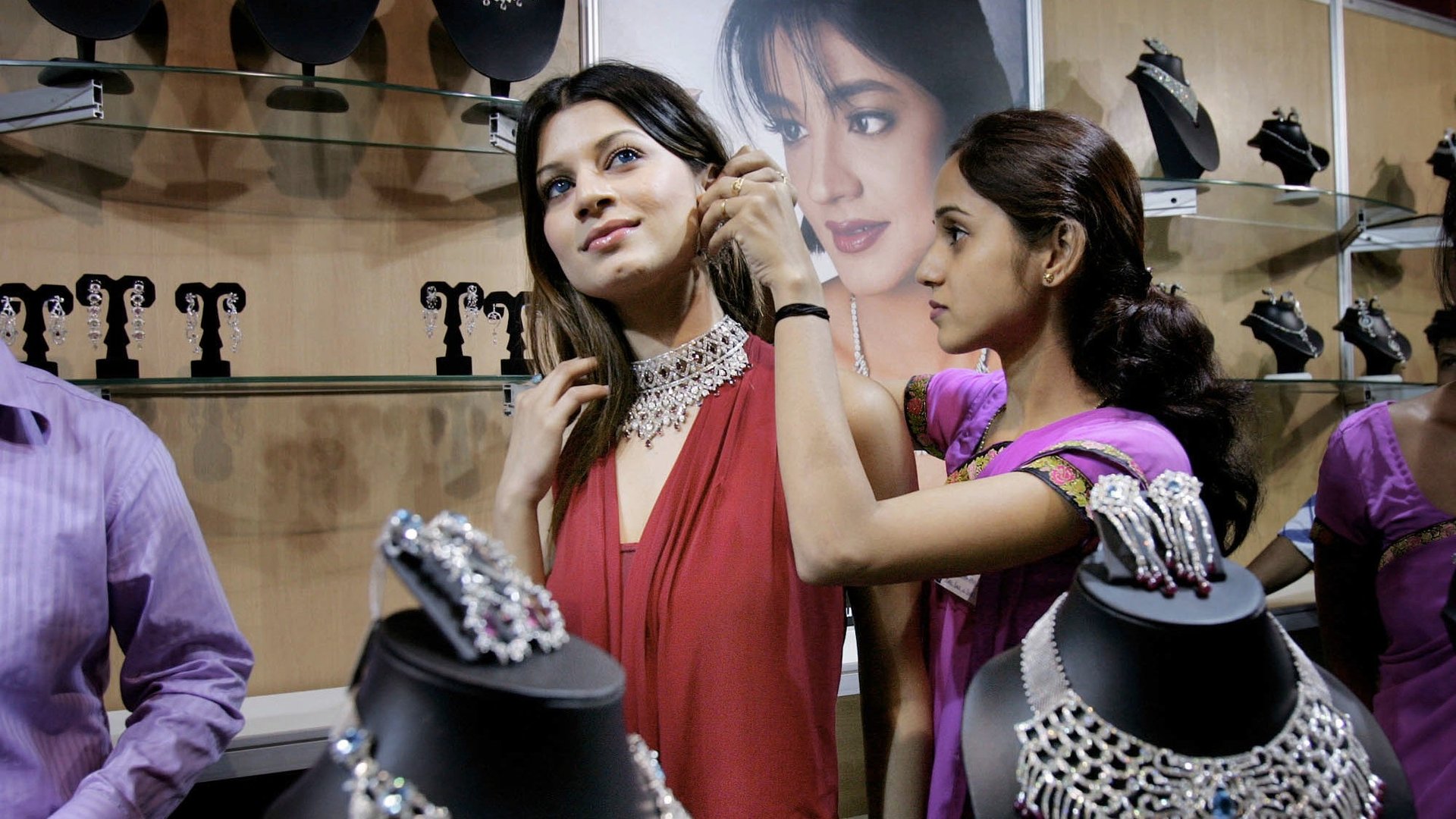De Beers (and the entire diamond industry) pins its hopes on China and India
On Friday (Feb. 15), diamond miner De Beers reported a 45% fall in operating profit last year as its sales and prices for diamonds fell. But it wasn’t all bad news. De Beers, which sells 35% of the world’s diamonds and is a bellwether for the industry, predicted that Chinese and Indian shoppers would mean a return to growth in diamond sales. Total sales fell 15% to $6.1 billion in 2012, compared with sales of $7.3 billion in 2011.


On Friday (Feb. 15), diamond miner De Beers reported a 45% fall in operating profit last year as its sales and prices for diamonds fell. But it wasn’t all bad news. De Beers, which sells 35% of the world’s diamonds and is a bellwether for the industry, predicted that Chinese and Indian shoppers would mean a return to growth in diamond sales. Total sales fell 15% to $6.1 billion in 2012, compared with sales of $7.3 billion in 2011.
The diamond industry is putting a lot of hope in affluent and newly affluent residents in China and India, and with good reason. Since De Beers first started marketing diamonds in China in 1994, when few people were wealthy enough to afford them, they have become almost as much of a mainstay in marriages as they are in the United States. Four out of five couples in Beijing and Shanghai splurged on diamond engagement rings (paywall) in 2012. In 2011, China became the world’s second-biggest consumer of diamonds after the United States and some predict the country will pass the US market in 2016. Annual sales in China are about $9 billion, compared to the US’s $27 billion, according to the consulting firm Bain & Company.
India is the world’s third largest diamond market, with annual revenues in the industry at about $8.5 billion, according to Bain. Diamonds are one of the country’s second-fastest discretionary purchases, second only to mobile phones. Analysts say that diamonds could pick up further in India as a replacement for gold, the traditional gift at weddings. Diamond analyst Edward Sterck at BMO Capital Markets says, ”The weak rupee has also made gold much more expensive in India, so people are starting to look to diamonds as alternatives.” Moreover, jewelry is overall a big purchase in India which has about 300,000 jewelry stores, six times as many jewelry stores as China and seven times more than the US, according to Bain.
One possible kink is that growth in demand in China has slowed over the past year, De Beers notes in its report today. Sterck chalked that up to an uncertain leadership transition and a slower growing economy. But a fair number of economists believe slower growth is the new normal in China, and China-watchers believe the new administration is cutting down on luxury extravagance in the communist party’s massive, and wealthy, bureaucracy.